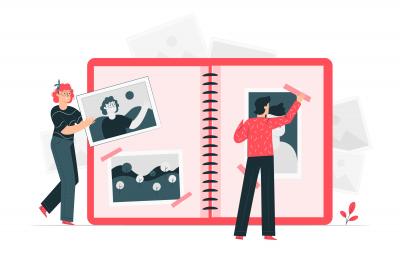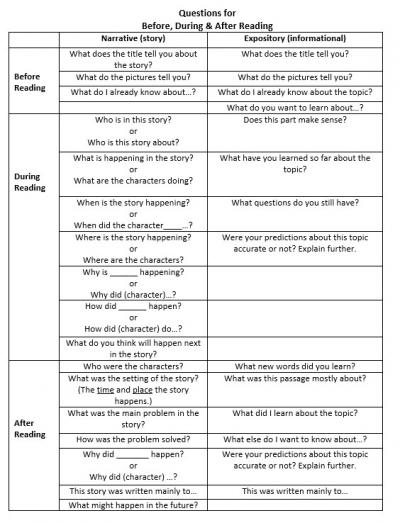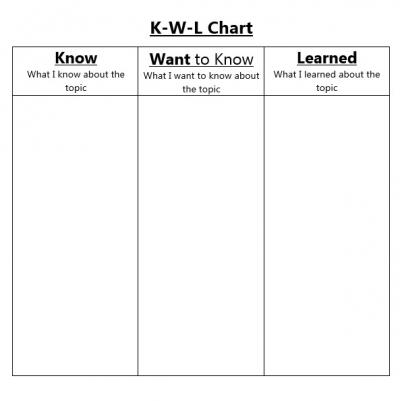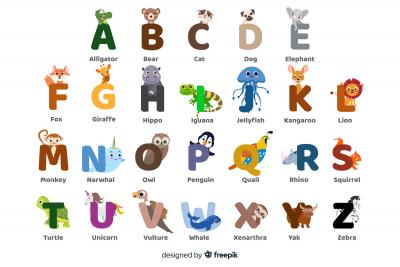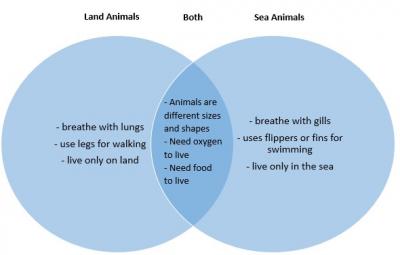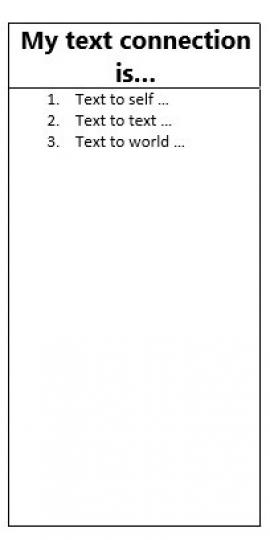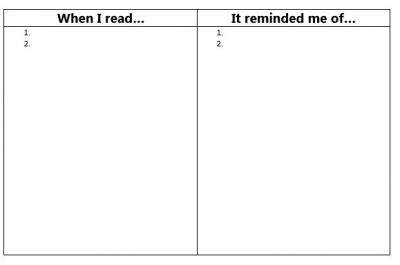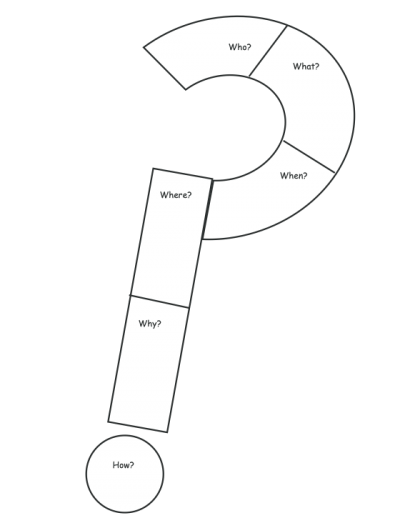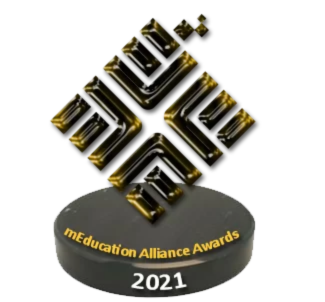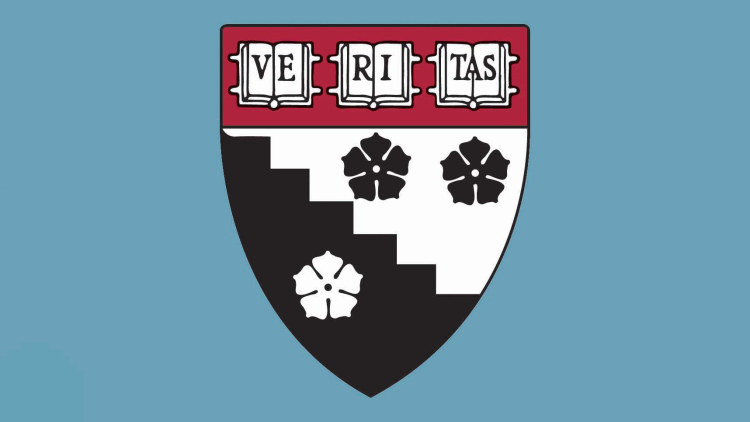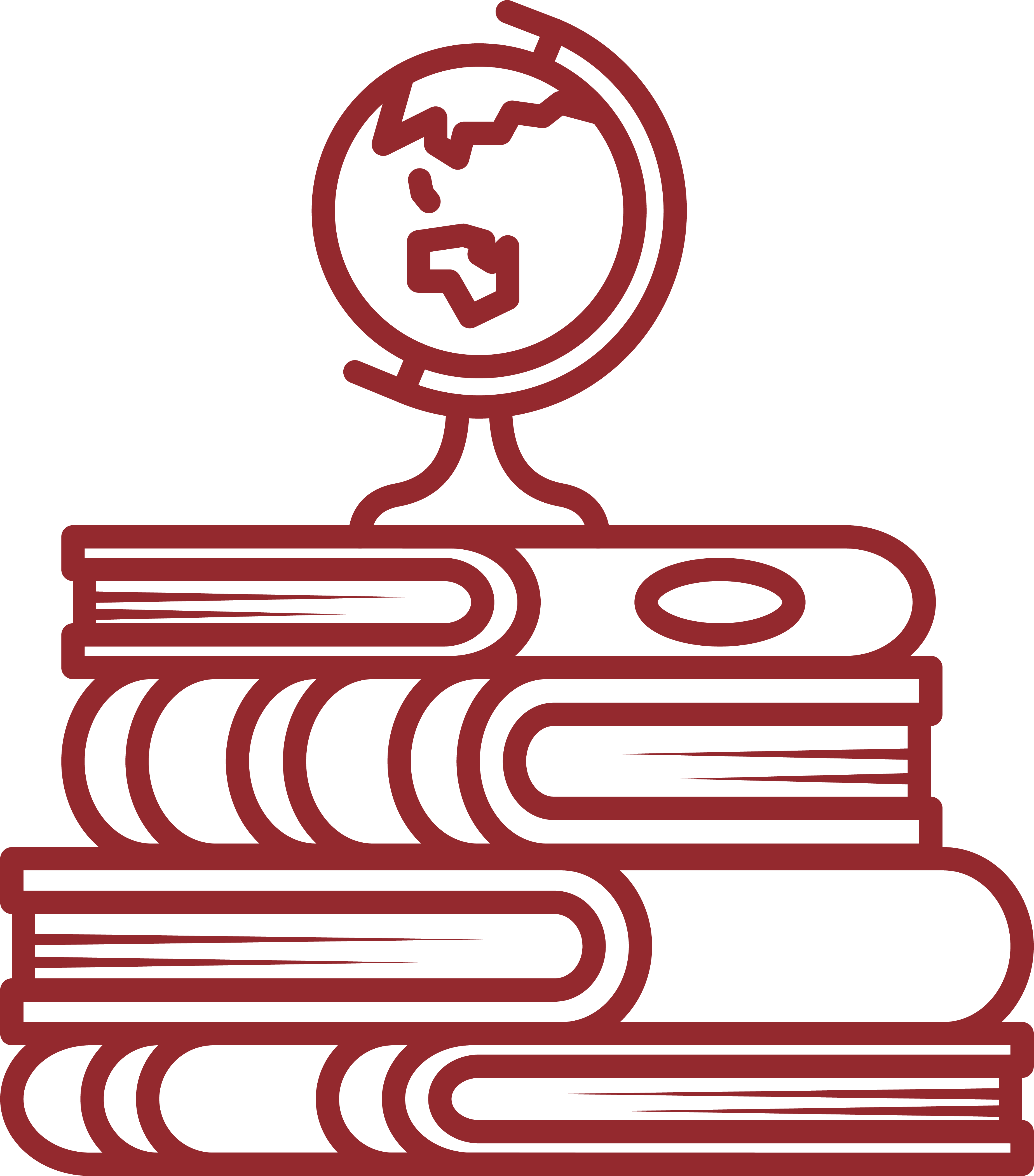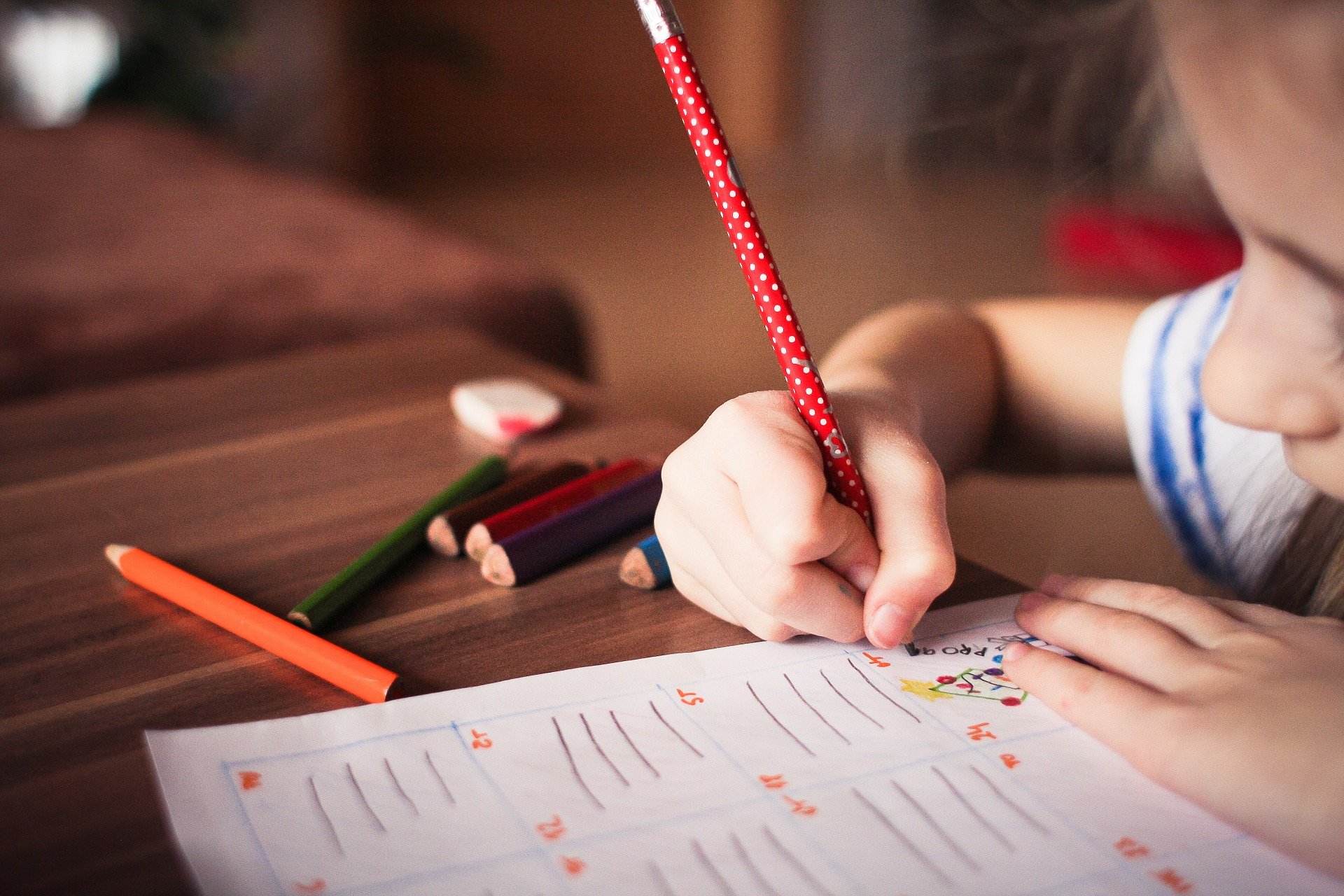
Description:
Literacy focuses on the core skills to read and write. It is the ability to engage with language to communicate with yourself and other in all aspects of daily living, and the ability to understand the world around you. These activities are created fora ll ages and all cognitive levels.
Activities should be adapted based on the learner's cognitive ability.
Purpose
Literacy activities are important for learners so that they are able to effectively read and write. Learners need literacy in order to not only be understood by others, but also to comprehend the world around them.

